Yes, I’m familiar with the practice of gua sha, often referred to as the “botox of the Far East.” Unlike botox injections, gua sha is a natural therapy that involves massage techniques using specific tools, typically made of jade or rose quartz, to gently scrape the skin.
Facial gua sha has gained popularity in recent years, and many people are now performing it at home. The accessibility of the necessary tools and the ease of self-application have contributed to its mainstream appeal. But does gua sha really work?
Advocates of gua sha believe that it helps to move lymph, which carries away toxins and impurities, including blackheads.
Additionally, it is said to stimulate the flow of chi or prana, the life force energy, in the body. By doing so, gua sha purportedly tones the facial muscles, firms the skin, and promotes relaxation.
One of the key benefits of gua sha is its ability to induce deep relaxation. During a gua sha session, individuals can experience a sense of calm as they activate their parasympathetic nervous system, also known as the “rest and digest” mode, leading to a state of relaxation and tranquility.
What Is Gua Sha Therapy?
Gua sha, pronounced “gwa sha,” is an ancient Chinese therapy that has been practiced for over 2,000 years. It involves rubbing or scraping the skin’s surface using a tool with rounded edges, typically made of natural materials like gemstones, animal bone, or horn. The purpose of gua sha is to move energy, known as qi or chi, throughout the body.
Practitioners of traditional medicine have utilized gua sha to boost circulation, enhance blood flow, break up scar tissue, alleviate chronic pain, and promote overall health and well-being. This therapy can be applied to various parts of the body, including the back, arms, legs, buttocks, and even the face.
During a gua sha session, the practitioner applies oil to the skin to ensure smooth gliding of the tool and prevent any discomfort. The tool is then gently scraped along the skin’s surface in long strokes, akin to a massage but with the use of a hard tool instead of hands.
Gua sha is also known by other names such as coin rubbing, coining therapy, or spooning. It is often practiced using tools made from natural materials, although some practitioners may use everyday objects like soup spoons or coins with rounded edges.
Compared to the Graston Technique, another form of natural therapy, gua sha focuses more on increasing circulation and lymphatic flow rather than breaking up fascia restrictions. The practice is still widely embraced in China, Southeast Asia, and other regions, where it may be known by different names such as “cao gio” in Vietnam and “kerokan” in Indonesia.
Traditionally, gua sha may cause petechiae, which are non-raised patches of brown-purple or red spots on the skin due to minor bleeding. This micro-trauma is believed to aid in breaking up scar tissue and enhancing energy flow, although this aspect of the therapy is debated in some circles.
The Benefits of Gua Sha Therapy
- Has Anti-Aging Effects and Improves Blood Circulation
Gua sha facial massages are highly praised for their potential to enhance skin’s blood circulation and provide anti-aging benefits. Research suggests that gua sha can indeed improve circulation, which contributes to its remarkable effects on skin health and appearance.
Many individuals report experiencing reduced puffiness, clearer pores, firmer skin, and overall radiance after receiving gua sha facials. The immediate results of gua sha often include lifted and tightened skin, as well as diminished puffiness.
While there are no guarantees that gua sha will eliminate face wrinkles and fine lines, consistency is key for potentially seeing improvements in signs of aging and other skin concerns like acne. Although visible improvements may not occur overnight, making gua sha a regular part of your skincare routine may lead to a more youthful appearance over time.
- Helps Relieve Engorged Breasts during Lactation
Breast engorgement, a common issue during lactation, occurs when the breasts become swollen and painful due to an overfilling of breast milk. This condition can pose challenges to successful breastfeeding and may deter mothers from continuing breastfeeding if left unresolved.
Research indicates that gua sha therapy may offer relief for breast engorgement. In a scientific study, a woman experiencing breast engorgement received gua sha therapy from nurses starting on the second day after giving birth and continuing until discharge from the hospital.
Alongside other supportive measures, such as education on proper breastfeeding techniques, gua sha therapy appeared to contribute to the successful continuation of breastfeeding for this mother.
Gua sha breast massage, typically performed with light pressure, is aimed at increasing circulation and promoting lymphatic drainage in the breasts. Some believe that this practice may also help in achieving firmer breasts.
- Could Improve Symptoms of Perimenopausal Syndrome
Perimenopause can be a challenging phase characterized by symptoms such as sleep disturbances, irregular periods, anxiety, hot flashes, fatigue, and more. Many women seek relief from these symptoms through various treatments, including traditional therapies and alternative remedies like gua sha.
A study investigated the potential of gua sha therapy as a remedy for perimenopausal symptoms when used alongside conventional therapy. Over the course of eight weeks, participants in the experimental group received weekly 15-minute gua sha treatments in addition to conventional therapy, while the control group received only conventional therapy.
The findings of the study suggested that gua sha therapy was both effective and safe in alleviating perimenopausal symptoms and improving the participants’ quality of life. However, further research is warranted to better understand the efficacy and potential benefits of gua sha in managing perimenopausal syndrome.
- Helps with Pain Relief
Gua sha is widely utilized for pain relief, including back and neck pain. Research studies have demonstrated its effectiveness in alleviating chronic pain symptoms and improving functional status in individuals suffering from various musculoskeletal issues.
For instance, a randomized study published in the journal Complementary Therapies in Medicine examined the effects of gua sha on chronic lower back pain in elderly subjects. The study compared the outcomes of gua sha treatment versus the application of a hot pack.
Results showed that while both treatments led to improved movement of the lower back during the one-week follow-up period, the group treated with gua sha experienced significantly greater reductions in pain and disability compared to the hot pack group.
Similarly, another randomized controlled clinical trial investigated the efficacy of gua sha in patients with chronic neck pain. The study revealed that gua sha therapy yielded beneficial short-term effects on pain relief and functional status improvement in individuals suffering from chronic neck pain.
These findings highlight the potential of gua sha as an effective intervention for managing musculoskeletal pain, including back and neck pain.
It’s worth noting that craniosacral therapy has also been found to be beneficial for neck pain, indicating the diverse range of complementary therapies available for pain management.
- Contributes to Liver Protection
Research on the effectiveness of gua sha in managing hepatitis B has yielded mixed results. While a follow-up study in 2013 found no evidence supporting its efficacy in protecting the liver, a case study from 2011 provided promising results suggesting that gua sha may indeed help protect the liver from hepatitis B.
In the case study, a patient who was a carrier of hepatitis B received gua sha treatment and experienced a decline in liver enzymes (ALT and AST), indicating reduced chronic inflammation. Additionally, there was an elevation in plasma HO-1 levels, and a modulation of T-helper (Th)1/Th2 balance observed after 48 hours.
These findings led the authors of the study to conclude that gua sha demonstrated a transient reduction in inflammatory markers of liver injury in humans, along with an enhancement of HO-1 levels, which could potentially contribute to its hepatoprotective action.
However, further research is needed to fully understand the role of gua sha in managing hepatitis B.
- May Improve Tourette Syndrome Symptoms
A 33-year-old man diagnosed with Tourette syndrome at the age of 9 underwent a series of Traditional Chinese Medicine (TCM) treatments to address his main symptoms, including facial tics, shoulder shrugging, and throat clearing.
The treatment regimen consisted of acupuncture, Chinese herbal medicine, gua sha, and lifestyle modifications administered once a week for a total of 35 sessions.
Following the treatments, the patient reported a significant reduction of 70 percent in all of his symptoms. This positive outcome led the researchers to suggest that TCM practices such as gua sha may be effective in minimizing the symptoms of Tourette’s syndrome.
How to Choose Gua Sha Tools
To experience the potential benefits of gua sha, it’s essential to have the appropriate tool, similar to a face roller. Gua sha tools for both facial and body use come in various shapes and are typically crafted from genuine crystal or stone. These tools are utilized to gently stroke the skin’s surface.
The price of a gua sha face tool varies depending on the material it’s made from. Options include amethyst, rose quartz, and jade. Tools made from materials other than genuine crystal or stone may be more affordable, with prices starting as low as $6.
For those seeking the specific benefits associated with jade stone or other crystals used in massage therapy, it’s important to ensure that the gua sha tool is made from authentic materials. Tools crafted from real jade, amethyst, or rose quartz are likely to cost around $30 or more.
When selecting a gua sha tool, personal preference plays a significant role. Opt for a tool with curves and rounded knobs that complement your facial contours if using it on the face. These shapes are designed to apply pressure to specific meridian points on the face, promoting improved qi flow or vital life energy.
In terms of material, you can choose based on color preferences, or if you believe in the potential healing properties of crystals, select a tool made from your preferred crystal.
Facial Gua Sha – Step by Step
Here are the step-by-step instructions for giving yourself a gua sha facial:
- Begin with a freshly cleansed face and clean hands.
- Apply four to 10 drops of one of the best skincare oils evenly over your face and neck, starting from the forehead and moving downwards, following the direction of lymph fluid drainage.
- Warm your gua sha tool between your hands.
- Gently sweep upwards along both sides of your neck, being careful around the Adam’s apple.
- Sweep under your chin from the center of your face outwards towards your earlobes, ensuring the tool remains flat.
- Move from the middle of your chin over your jawline towards your earlobes, using a gentle jiggling motion near your ears to encourage lymph drainage.
- Sweep underneath your cheekbones towards your hairline to help move stored fluid, and lightly jiggle the tool at your hairline.
- Sweep over your cheekbones, finishing at the hairline.
- Under your eyes, sweep gently from the inner corner towards the midline, following the muscle direction, or alternatively, from the inner corner towards the hairline.
- Sweep over your eyebrows towards the hairline, then upwards from the brow bone over your forehead to the hairline, in smaller sections for thorough coverage.
- From between your eyebrows, sweep upwards to the hairline.
- Finish by sweeping from the center of your forehead outwards to the hairline.
- Repeat the same steps on the other side of your face.
- Conclude the treatment by sweeping downwards along your neck to the collarbone.
- Ensure you sweep each area three to five times, avoiding overstimulation.
- Maintain the tool at about a 15-degree angle to your skin, and experiment with different tool shapes and sides to suit your facial contours.
If you’re unsure about performing gua sha therapy at home, consider seeking a facial or massage from a certified professional in gua sha techniques.
Who Should Not Try Gua Sha and Its Potential Side Effects
Gua sha is generally not recommended for individuals who:
- Have a tendency to bleed easily
- Take blood thinners
- Suffer from deep vein thrombosis
- Have implants such as internal defibrillators or pacemakers
- Experience cystic acne
- Have a skin infection or open wound
- Are diagnosed with tumors or cancer
- Have any medical condition affecting the skin or veins
Performing gua sha incorrectly or with excessive pressure can lead to potential risks and side effects. These may include bruising caused by the rupture of tiny blood vessels near the skin’s surface, as well as swelling, tenderness, or pain.
Excessive pressure on muscles can result in tearing of the membrane covering them. While rare, this level of tissue trauma may lead to muscle swelling and rhabdomyolysis, a rare but serious condition where muscles release a protein that can strain the kidneys.
Seek immediate medical attention if you experience symptoms of rhabdomyolysis after gua sha, such as worsening post-treatment pain, fever, dizziness, pressure, warmth, or increasing redness in the treated area.
Ensure that the skin is not broken during gua sha scraping to prevent the risk of infection. It’s essential for practitioners to sterilize their tools between clients, and individuals using gua sha at home should also clean their tools between uses.
Consult your healthcare provider before attempting gua sha if you are pregnant, nursing, have a medical condition or are currently taking medication.
Bottom Line
Gua sha is an ancient Chinese therapy that involves rubbing or scraping the skin’s surface using a tool in long strokes. Its aim is to facilitate the movement of energy, known as qi or chi, throughout the body. Practitioners of traditional medicine have utilized gua sha for centuries to enhance circulation, improve blood flow, alleviate chronic pain, break up scar tissues, and promote overall health.
When performed with gentle pressure, gua sha is generally well-tolerated and can offer various benefits. These may include pain reduction, enhanced circulation, relief from breast engorgement and lymphatic congestion, as well as improvements in skin conditions like cellulite, breakouts, and signs of aging.
However, it’s important to note that applying intense pressure during gua sha treatment can increase the risk of adverse side effects. Therefore, practitioners should exercise caution and ensure that the technique is performed with appropriate pressure levels to avoid potential complications.


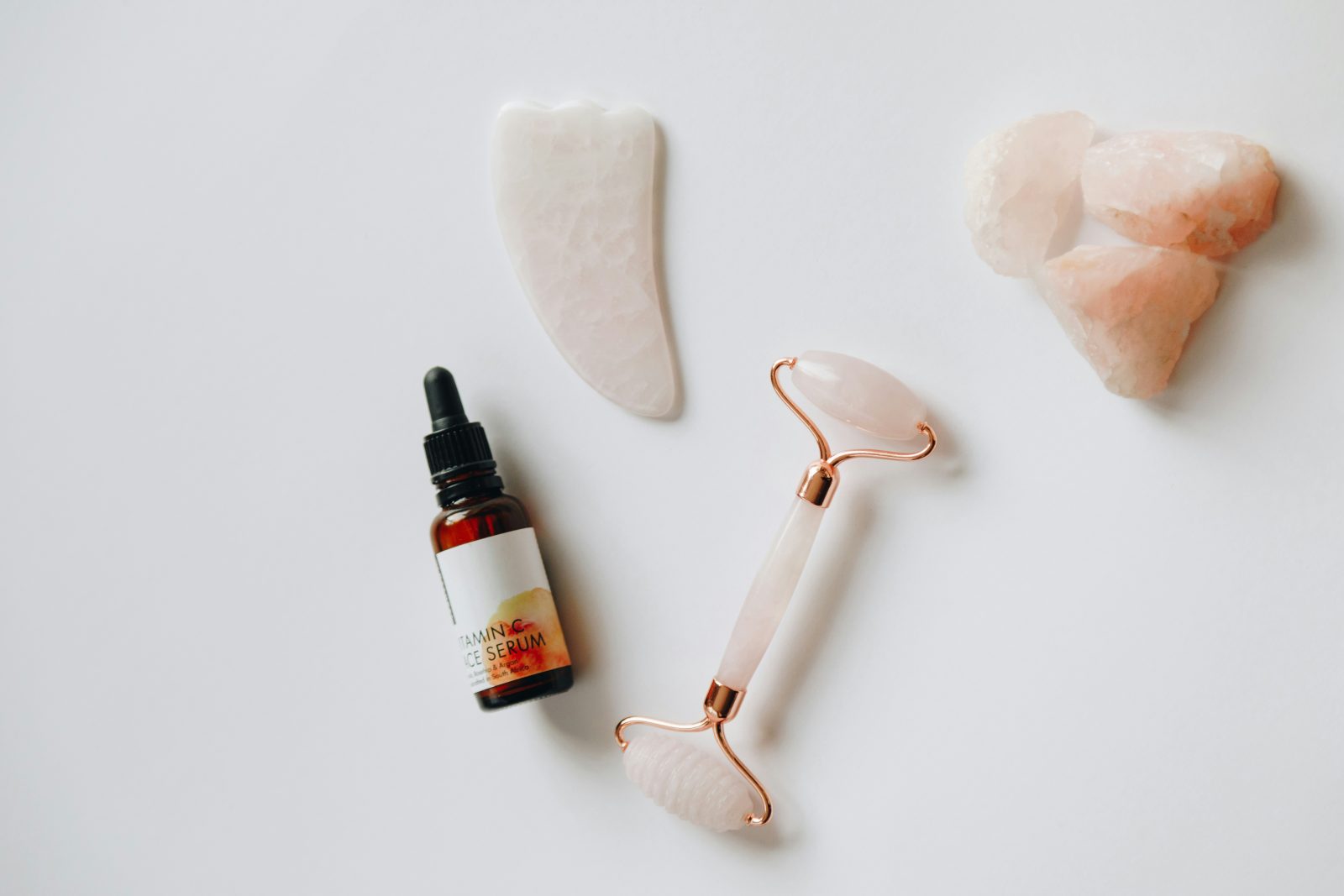
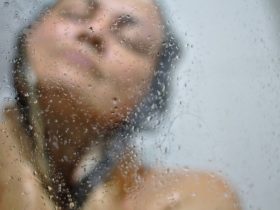








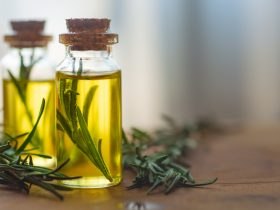
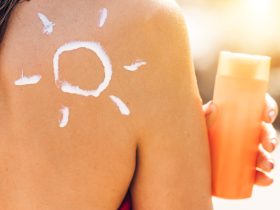

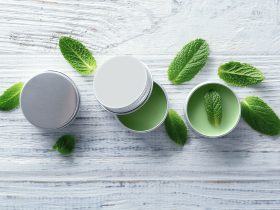
Find Us on Socials